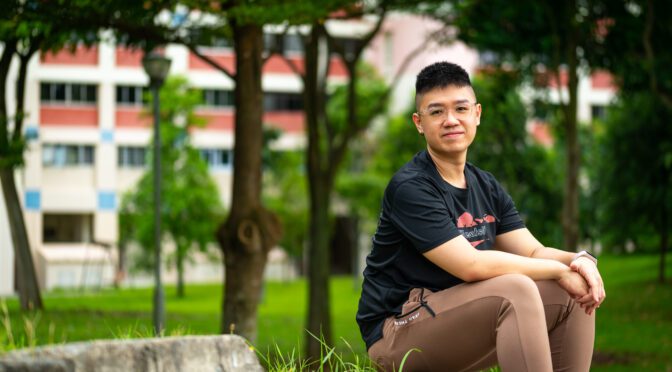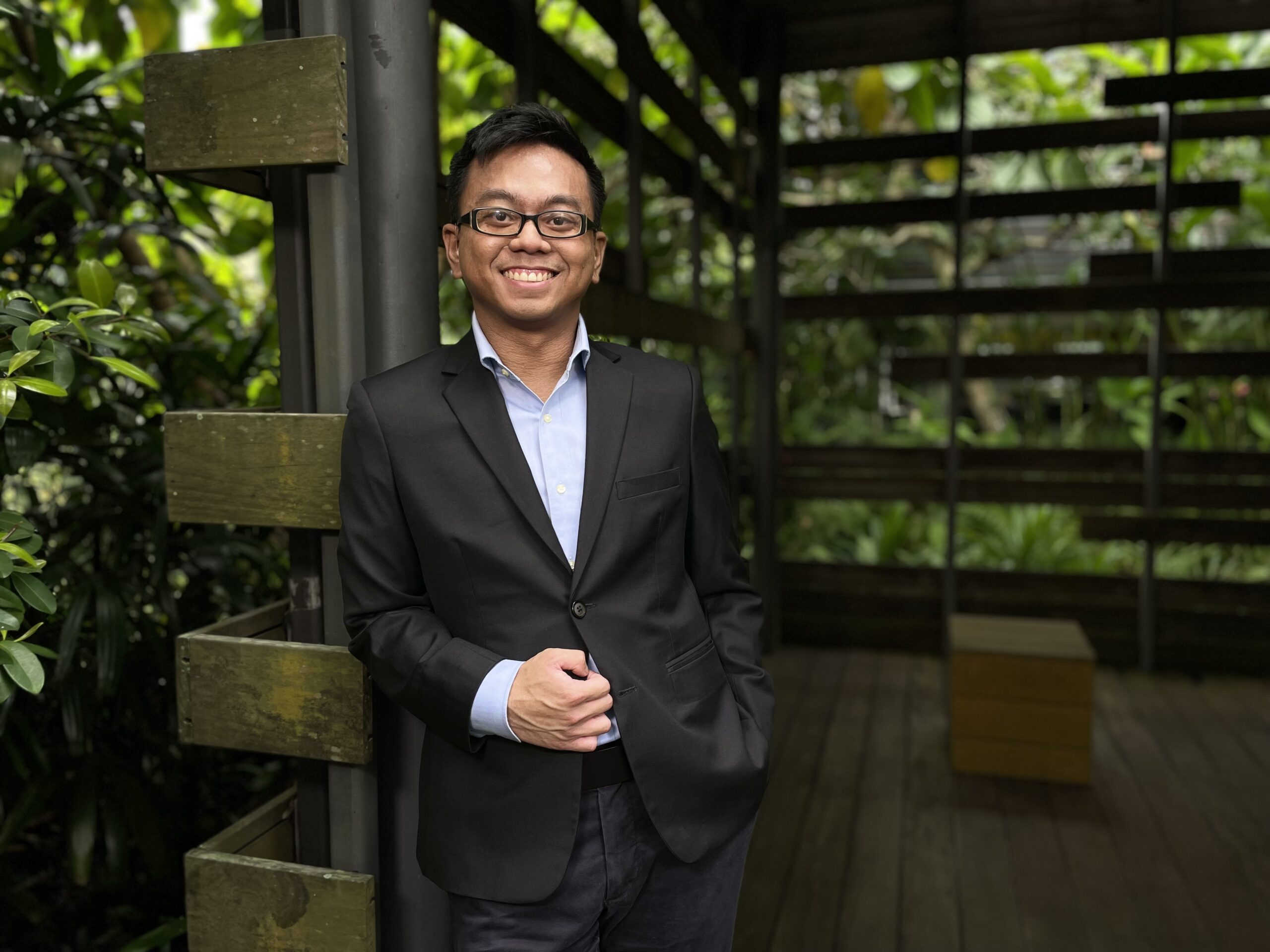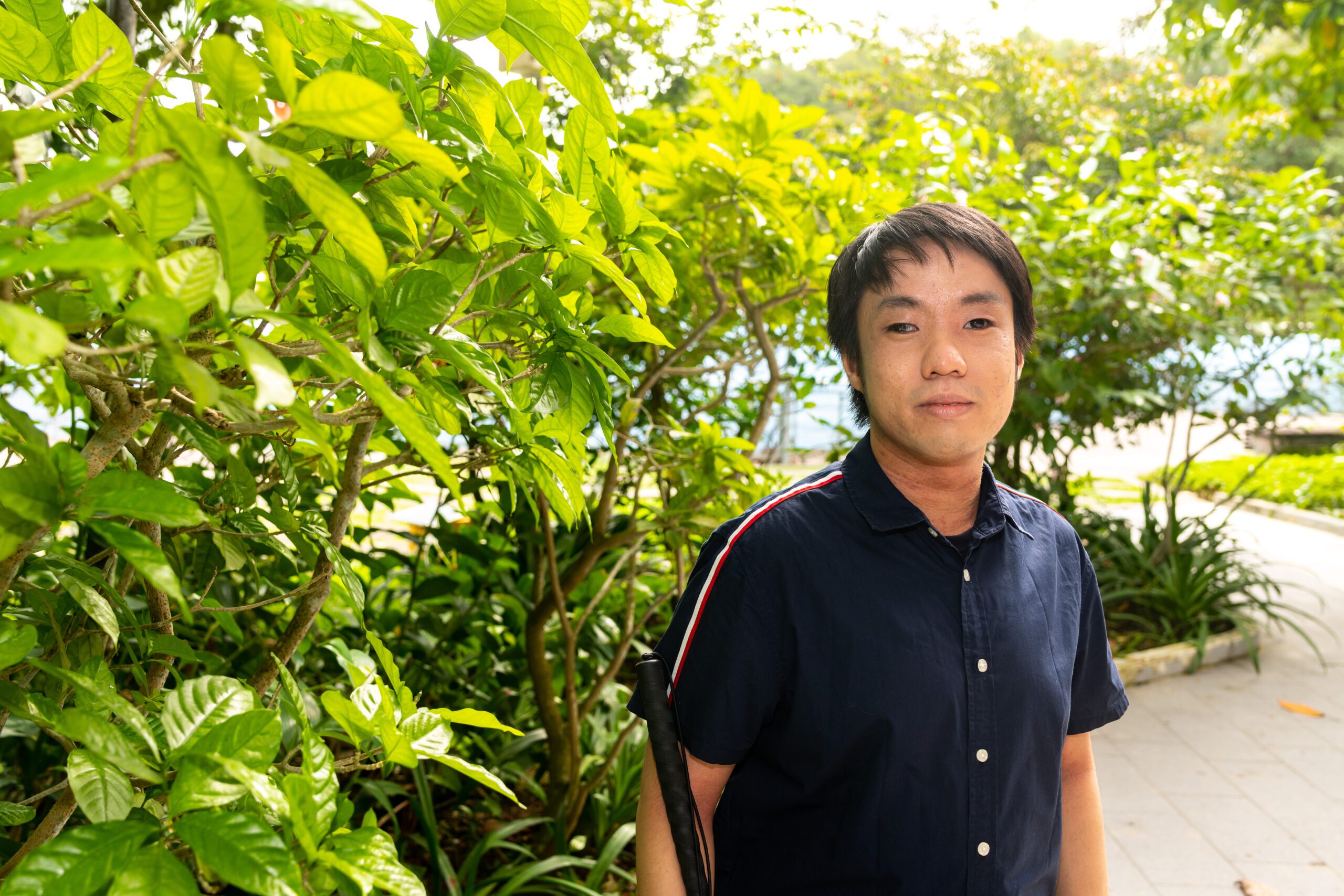Rather surprisingly, I did not fare as badly for my O-Level examinations as I had thought I would. I did well enough to enrol into a diploma course. My first choice was mass communications, as I had — still do — a strong interest in media. I am also passionate about storytelling, that creative process of weaving a narrative and then putting it out to the world. However, my application was rejected as the course does not accommodate students with vision impairments. But in life, you always have choices: it’s about identifying them and working your way through them. My next choice was marketing, which I felt was close enough to media to be a sufficient second choice I could be happy with. I was especially fascinated by Apple’s ingenious marketing strategy: how they use stories to sell their products. I waited with bated breath for the acceptance. Had all else failed, I knew I could still fall back on being a massage therapist: yes, it was and still is one of my career paths. I believe in keeping my options open and rolling with whatever comes along — good things will fortuitously happen.
Fortunately, I got accepted into Temasek Polytechnic’s marketing course. That then begs the question: how exactly does a blind person attend school? After all, the physical environment, a confusing maze of stairs and kerbs and hallways and pillars, is simply not designed for us. And yes, I’ve walked right smack into a pillar once, after politely declining the kind help from a female stranger in a misguided attempt to appear macho (hey, we’re all seventeen once!). How did I get from the lecture hall to the classroom? How did I avoid tripping over chairs?
First and foremost, the white cane boosts a blind person’s sense of independence when it comes to mobility. And yes, we call it a white cane even though mine is anything but white. Some others have pink, blue, and I own two ‘comedy canes’ I had custom made as a joke. One is gold with an austere wooden handle. The other is unashamedly purple with a very large hook on the handle for hanging. To use my cane, I sweep it in front of me left and right while I walk. Doing this, I can feel for obstacles that would otherwise cause me to trip over. It’s a literal extension of my hands and legs, helping me feel my way around the world. And yes, it can be embarrassing to identify myself as blind so blatantly – it certainly doesn’t help when the cane smacks into a particularly resonant object and creates a loud ‘bang’! However ungraceful its usage can be, this humble folding aluminium stick is what helps millions of blind people like me.


